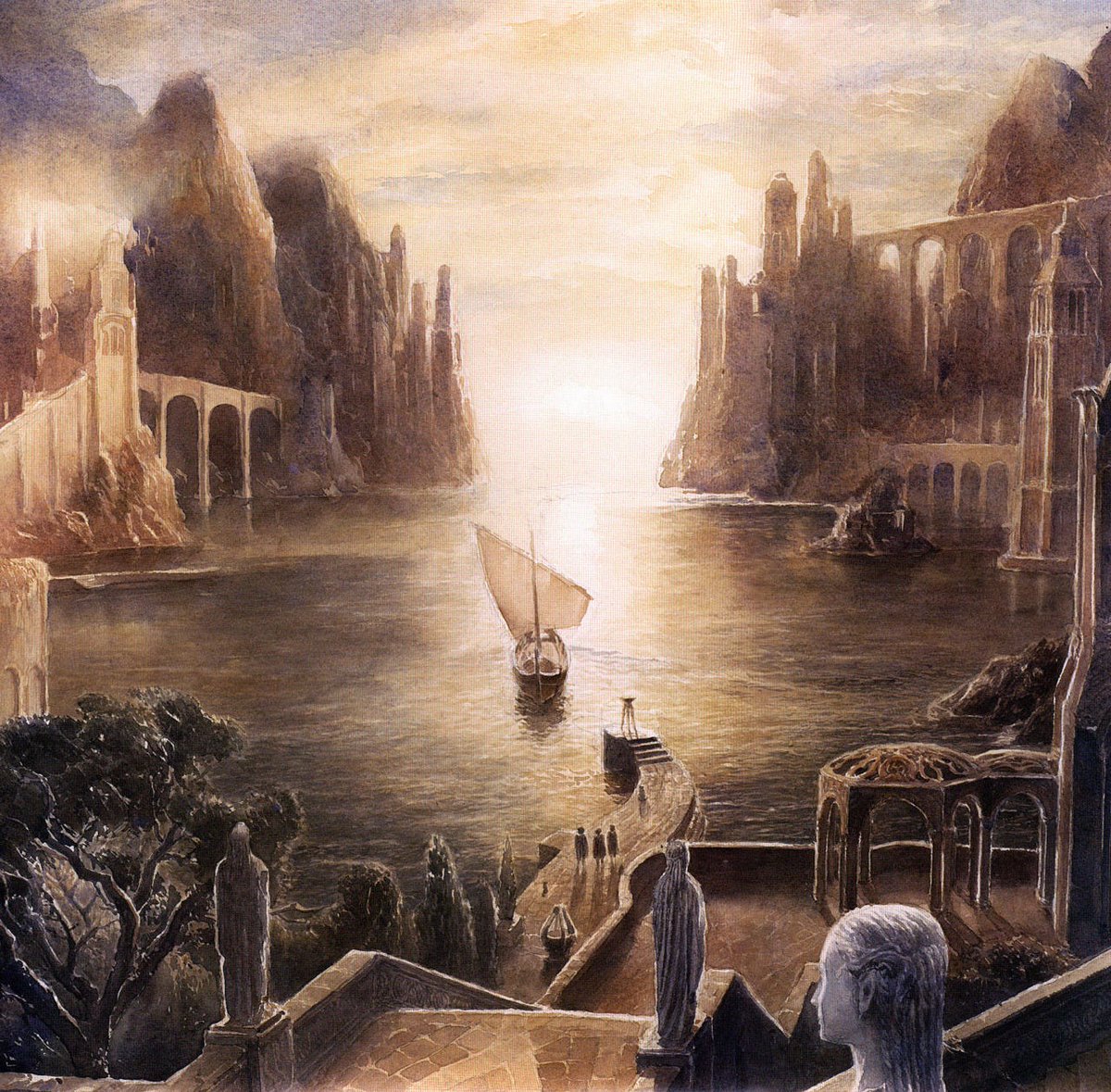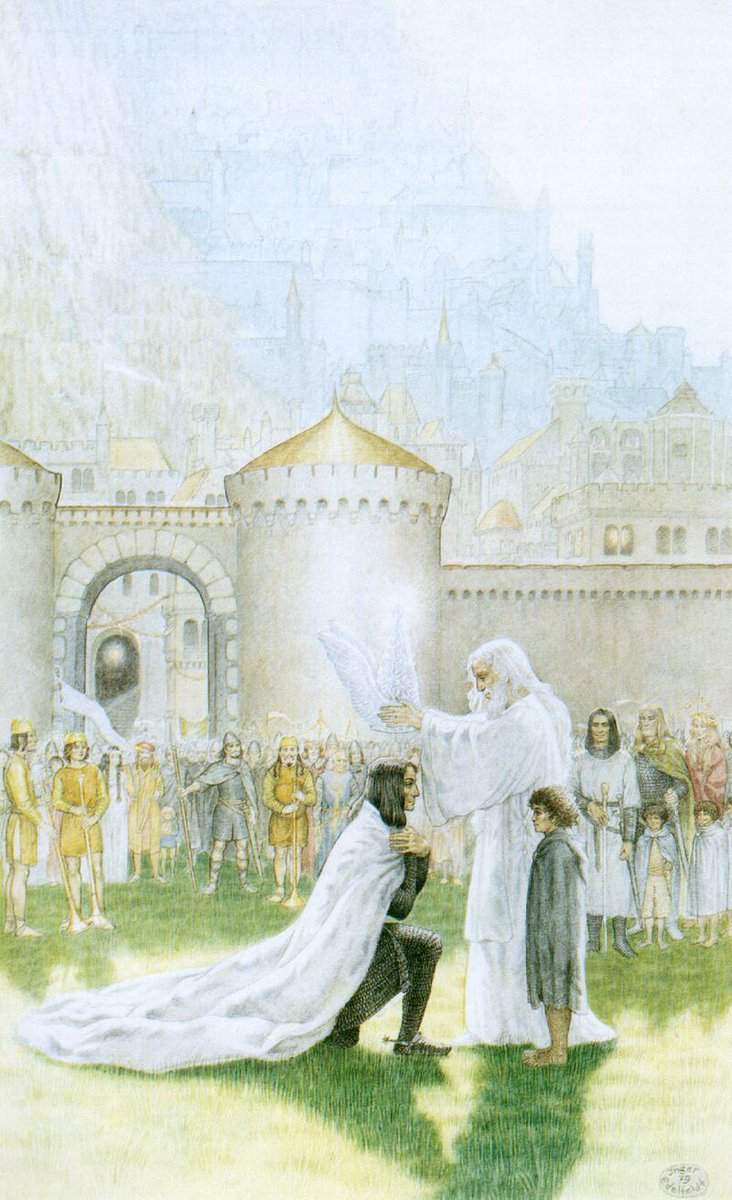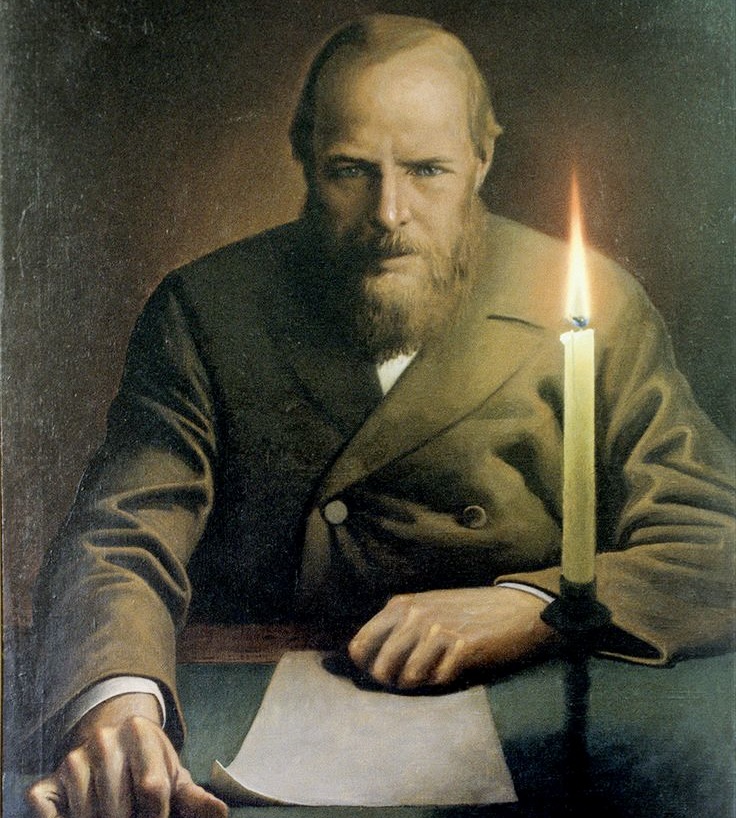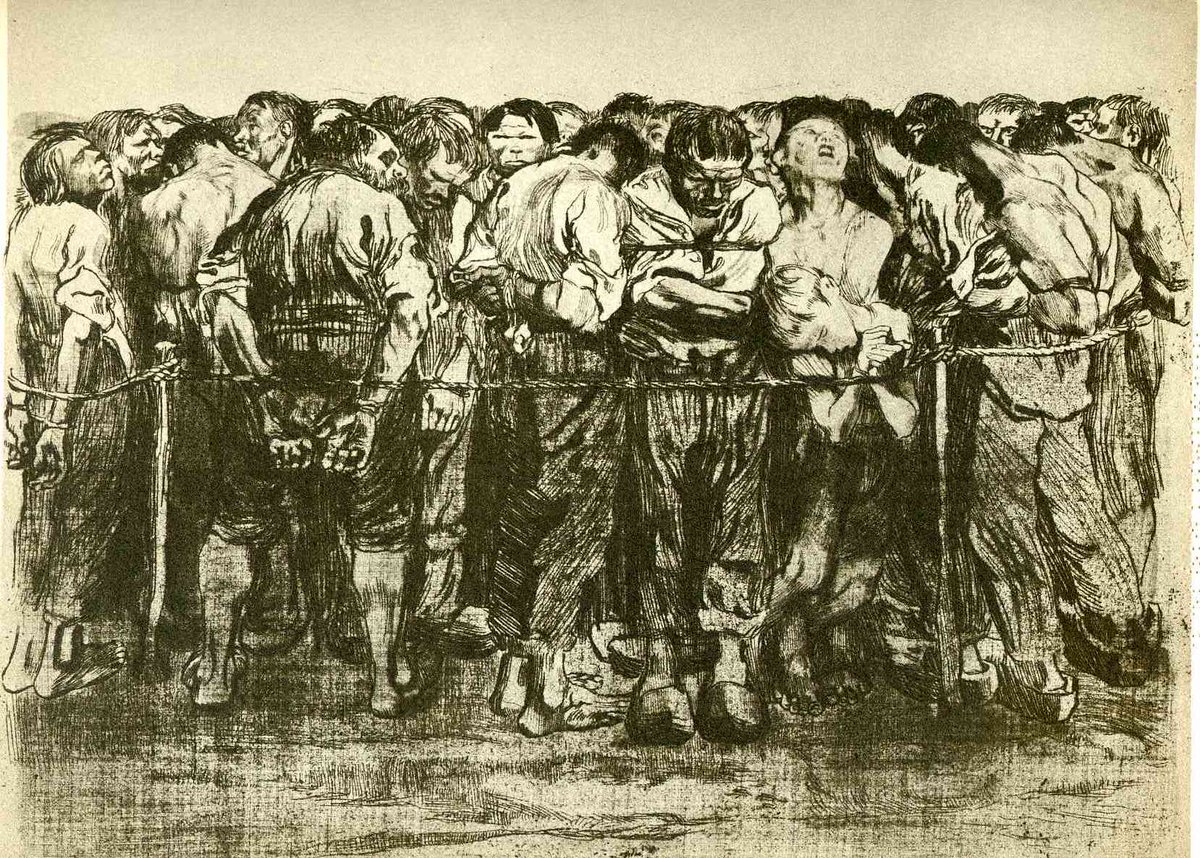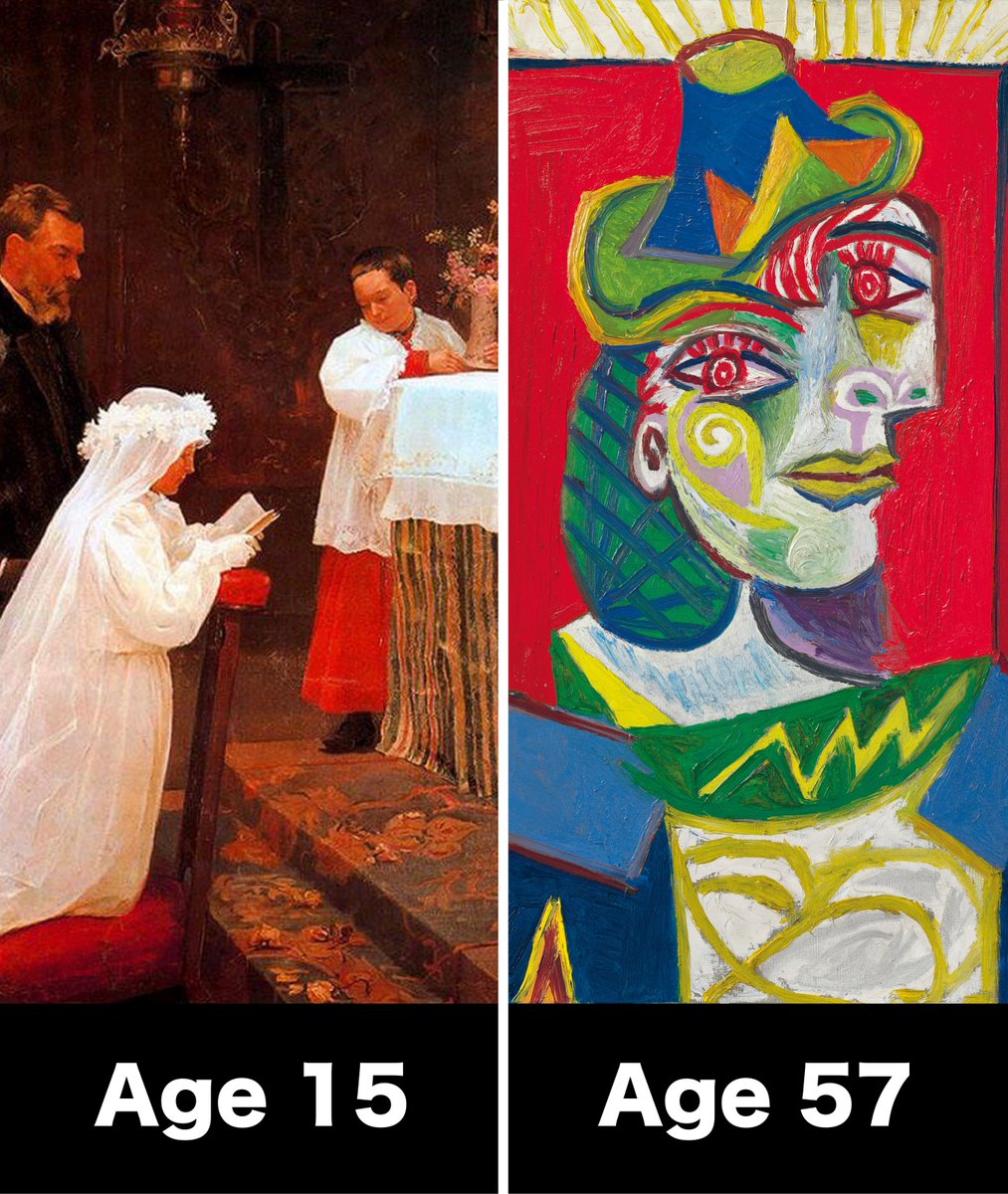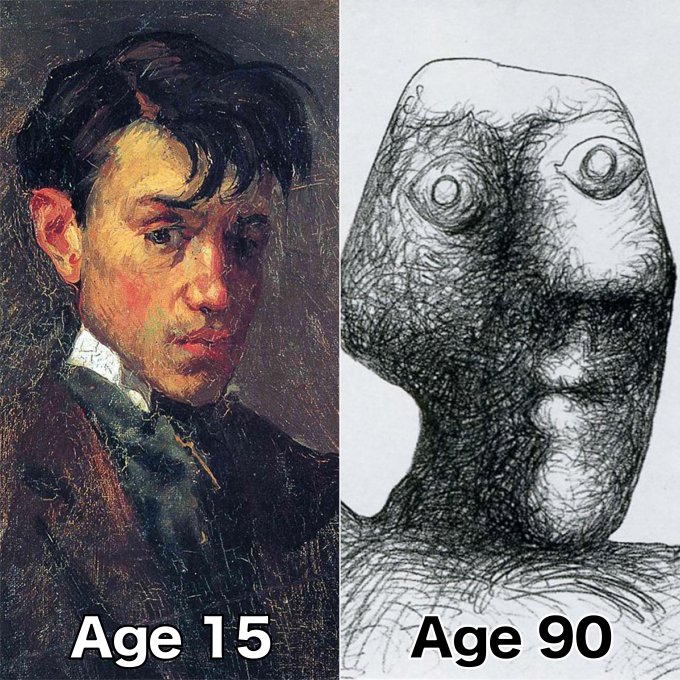Do you ever wonder why the Tower of Pisa leans?
And what's so significant about it?
The answer is not what you think... (thread) 🧵
And what's so significant about it?
The answer is not what you think... (thread) 🧵

Pisa's freestanding bell tower might have been an artistic leap but it wasn't quite an engineering one.
In 1173, the builders didn't take into account where it was being built...
In 1173, the builders didn't take into account where it was being built...

The clue is in the name: 'Pisa' comes from an Ancient Greek word meaning 'marshy land'.
Foundations just 3 meters deep into the soft ground were used to support 14,700 tons of stone.
Foundations just 3 meters deep into the soft ground were used to support 14,700 tons of stone.

Just a few years later, after 4 stories were built, it was already sinking on the south side.
But construction was halted for a century due to war — Pisa was then a great maritime republic, in regular conflict with neighbouring states.


But construction was halted for a century due to war — Pisa was then a great maritime republic, in regular conflict with neighbouring states.


The pause gave the ground time to stabilize somewhat, and when building restarted, walls were made taller on one side to compensate for the tilt.
So the tower was designed to curve.

So the tower was designed to curve.


Thicker stone was also used on the north side, keeping the center of gravity roughly in the middle.
This kept it standing, with a 1.6 degree tilt by 1360 — but things were only getting worse...
This kept it standing, with a 1.6 degree tilt by 1360 — but things were only getting worse...

Over the years, the immense weight of the marble and botched attempts to correct it made matters worse.
By 1990, it had a tilt of 5.5 degrees, before engineers finally figured out how to save it.
By 1990, it had a tilt of 5.5 degrees, before engineers finally figured out how to save it.

They carefully extracted soil from beneath the north side, but rather than fix it entirely, left a 4 degree lean to conserve its touristic value.
But they needn't have worried: Pisa's real value is in its artistry...
But they needn't have worried: Pisa's real value is in its artistry...

What the builders lacked in engineering rigor was made up elsewhere: in reliefs, pendants, and six concentric, colonnaded balconies.
It's clear this was way beyond early medieval masonry...


It's clear this was way beyond early medieval masonry...


You can see what a leap it was from other towers of the day.
Builders at Pisa squeezed everything possible from Romanesque design before Gothic architecture swept Europe.


Builders at Pisa squeezed everything possible from Romanesque design before Gothic architecture swept Europe.


And it stands at a place of great significance: the Field of Miracles.
That refers not to supernatural miracles, but artistic ones...
That refers not to supernatural miracles, but artistic ones...

The Cathedral of Pisa right next door was itself an immense leap in medieval architecture. The same layers of columns and arches, and colored marble taken from every corner of the Mediterranean. 

Florence is usually credited as the birthplace of the Renaissance — but it dawned at Pisa first.
Step inside the baptistery opposite the cathedral and you'll see why...
Step inside the baptistery opposite the cathedral and you'll see why...

There's a pulpit sculpted by Nicola Pisano: marble reliefs of the life of Christ, surrounded by figures of the virtues.
But the Christian virtue of fortitude is represented with a statue of... Hercules?


But the Christian virtue of fortitude is represented with a statue of... Hercules?


For the first time, a sculptor was looking all the way back to classical antiquity.
Hercules seems to step out of his marble setting — not like a static medieval figure, but a classical one.


Hercules seems to step out of his marble setting — not like a static medieval figure, but a classical one.


It lay the foundations for what would transform Italy: a Renaissance (literally "rebirth") of classical artistry.
Florence would take over centuries later, but the sparks of genius were first seen 40 miles away in Pisa.
Florence would take over centuries later, but the sparks of genius were first seen 40 miles away in Pisa.

If threads like this interest you, I go deeper every week in my FREE newsletter — do NOT miss tomorrow!
75,000 people read it: art, history and culture 👇
culture-critic.com/welcome
75,000 people read it: art, history and culture 👇
culture-critic.com/welcome
Here's a view you're not used to seeing: the worn steps of the Tower of Pisa.
Centuries of pilgrims have worn the stones with nothing but their footsteps.
Centuries of pilgrims have worn the stones with nothing but their footsteps.

• • •
Missing some Tweet in this thread? You can try to
force a refresh


